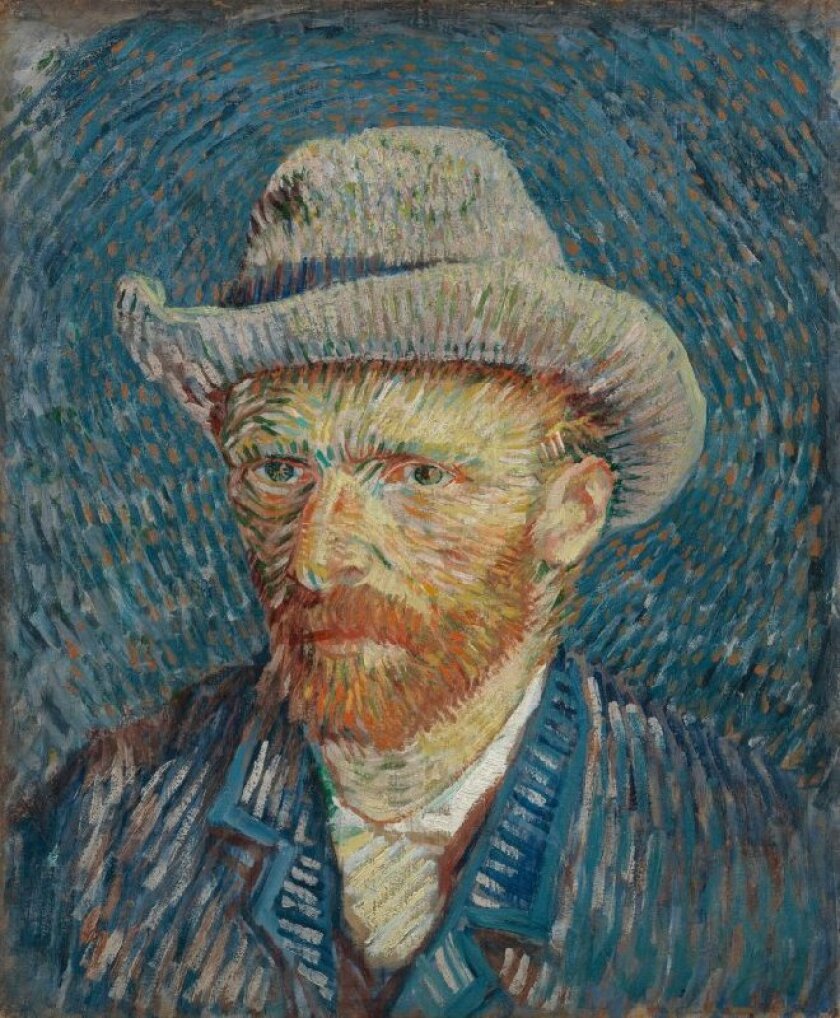MINNETONKA, Minn. — The painting shows a dour fisherman on a beach.
He is smoking a pipe, the sea stretching into the distance behind him, and he holds a net, contemplating an glass weight inscribed with a cross.
ADVERTISEMENT
In the bottom right corner of the painting, in the customary spot for an artist's signature, is a single painted word: "Elimar."
This enigmatic painting — reportedly purchased at a Minnetonka, Minnesota, yard sale in 2016 for $50 — now has a lot of questions swirling around it.
It's not clear how long the 17-inch-square oil-on-canvas painting sat in the yard sale, or whose yard sale it was.
It's not clear who purchased the painting at the sale. And it's not clear how much they were paid when they sold it to New York-based company LMI Group International, which describes itself as "a data science company serving the arts and cultural heritage sector."
But one thing is clear, what the company now says.
On Jan. 28, LMI Group it had proven the painting is a genuine work by Vincent Van Gogh, painted by the Dutch master in Saint-Rémy-de-Provence, France, in 1889, and is
“This moving likeness embodies van Gogh's recurring theme of redemption, a concept frequently discussed in his letters and art," said Maxwell L. Anderson, LMI Group's chief operating officer, in a news release. "Through Elimar, van Gogh creates a form of spiritual self-portrait, allowing viewers to see the painter as he wished to be remembered.”
ADVERTISEMENT
This stupendous claim, bolstered by made headlines around the world and set off a firestorm in the art world.
For many experts, the report is nonsense: the company's methods irregular and its motives obviously selfish. For them, the painting remains just a $50 yard sale painting from Minnesota.
The case for 'Elimar'
LMI Group's claim that the "Elimar" painting is a genuine Van Gogh is drawn from evidence it compiled in
which it said was the result of $30,000 in research. In what it said was conclusive proof, it detailed the following evidence:
- The style: The , the use of the to thickly layer paint, the colors and tools used, and the fact it was something of a cover-version of another painting, all point to Van Gogh's work from after he famously cut off his left ear, near the end of his life (1853-1890).
- The science: The materials used to make the painting, including canvas and paint, are consistent with those used in the late 19th century, including and incredibly, embedded in the painting that is
- The details: Van Gogh never signed his paintings, "Elimar" was a character by one of his favorite authors, the painted word is to Van Gogh's other painted writing, the cross carving fit with the artist's growing religiosity, an underlying painting may be and he often

The doubts
While many in the art world are excited about the potential find of a never-before-known work by Van Gogh, many others are dismissing the painting as a work by the Dutch master, including most notably the Van Gogh Museum.
The museum rejected the painting as authentic when the original purchaser apparently checked in, in 2019.
“We have carefully examined the material you supplied to us and are of the opinion, based on stylistic features, that your work cannot be attributed to Vincent van Gogh," it said then. after the LMI Group report.
ADVERTISEMENT
The company said it was "puzzled" the museum made its determination without examining the painting in person. But many others in the art world have spoken up, pointing out holes and weaknesses in LMI Group's claims. They include:
- The inconsistencies: The painting's brushwork and the "impasto" technique" with Van Gogh's known works.
- The name: 'Elimar' could be the name of the painting's actual artist, a little-known Danish painter and its style matches some of Elimar's work. (LMI Group says the painting was made before Elimar was active and the signature doesn't match.)
- The source material: There are with the supposed source material for his "translation" during his time at Saint-Rémy-de-Provence.
- The myth of the 'flea market find:' Art appraisers and museums are routinely inundated by people claiming to have found or or in a local garage sale, flea market or attic. although there

Meanwhile in Minnesota
Back in Minnesota, the news of a potential Van Gogh discovered in their own back yard has excited a lot of folks, even as they too are uncertain as to the painting's exact provenance.
"When a Van Gogh painting purportedly was found, essentially, in our backyard, it really caught my attention," Robert Snell, co-owner and fine arts specialist for Revere Auctions, an auction house based in St. Paul, told
"We have had several patrons of the arts, here in Minnesota, that did purchase really, really amazing objects. James J Hill, T.B. Walker, and they did buy from one of the most reputable art dealers in France, who did handle Van Gogh's work," Snell said. "So it is possible that one of those people purchased the work and it ended up in one of their homes and it kind of got lost and somehow ended up at this garage sale."
While the mysterious buyer (and seller) haven't identified themselves, doing so would go a long way toward explaining how exactly "Elimar" found its way to the land of 10,000 lakes, only to be plucked from obscurity.









